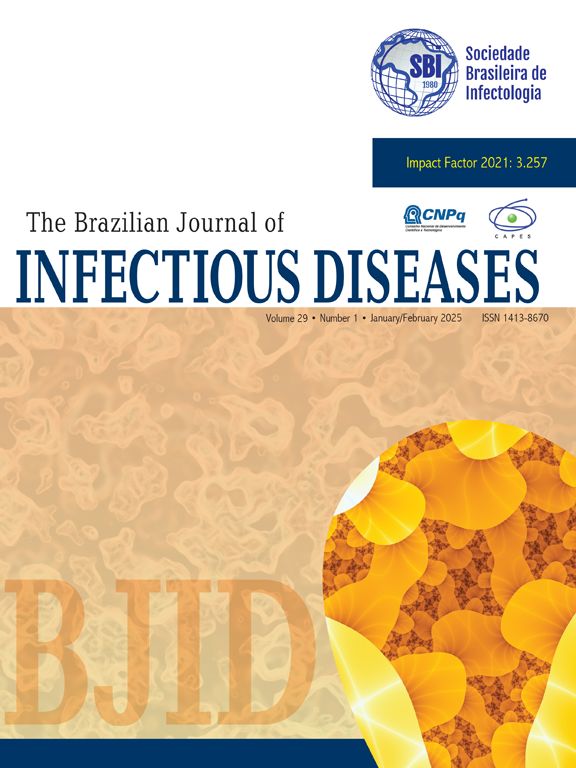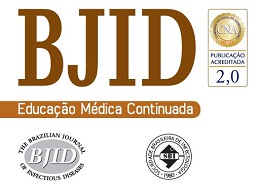Brucellosis is a zoonotic infection and has endemic characteristics. Neurobrucellosis is an uncommon complication of this infection. The aim of this study was to present unusual clinical manifestations and to discuss the management and outcome of a series of 18 neurobrucellosis cases. Initial clinical manifestations consist of pseudotumor cerebri in one case, white matter lesions and demyelinating syndrome in three cases, intracranial granuloma in one case, transverse myelitis in two cases, sagittal sinus thrombosis in one case, spinal arachnoiditis in one case, intracranial vasculitis in one case, in addition to meningitis in all cases. Eleven patients were male and seven were female. The most prevalent symptoms were headache (83%) and fever (44%). All patients were treated with rifampicin, doxycycline plus trimethoprim-sulfamethoxazole or ceftriaxone. Duration of treatment (varied 3-12 months) was determined on basis of the CSF response. In four patients presented with left mild sequelae including aphasia, hearing loss, hemiparesis. In conclusion, although mortality is rare in neurobrucellosis, its sequelae are significant. In neurobrucellosis various clinical and neuroradiologic signs and symptoms can be confused with other neurologic diseases. In inhabitants or visitors of endemic areas, neurobrucellosis should be kept in mind in cases that have unusual neurological manifestations.
The Impact Factor measures the average number of citations received in a particular year by papers published in the journal during the two preceding years.
© Clarivate Analytics, Journal Citation Reports 2025
SRJ is a prestige metric based on the idea that not all citations are the same. SJR uses a similar algorithm as the Google page rank; it provides a quantitative and qualitative measure of the journal's impact.
See moreSNIP measures contextual citation impact by wighting citations based on the total number of citations in a subject field.
See more



